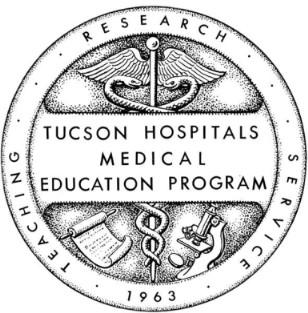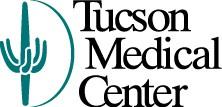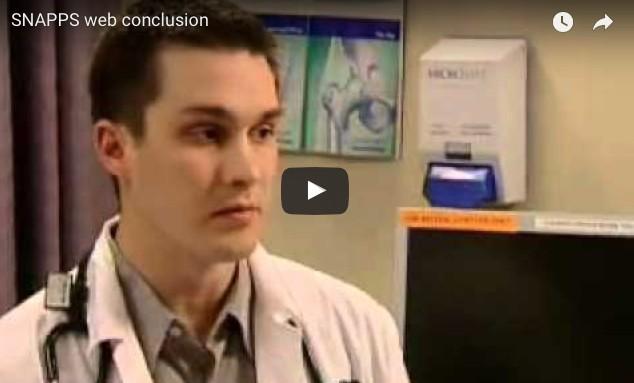SNAPPS: An Innovative Method to Facilitate Clinical Case


Presentations
 Linda L. Carr, Ph.D. CEO, Faculty Ed Solutions, LLC
Linda L. Carr, Ph.D. CEO, Faculty Ed Solutions, LLC


Learning
Objectives



The six-steps of the SNAPPS model for case presentation.
The advantages and benefits of this model over the traditional approach.

Feel
Energized to train your learners to use this model in the clinical setting.
Incorporate the SNAPPS model in your teaching practice.
Know Do
Why SNAPPS?
Observational studies of traditional clinical case presentations reveal a passive learner
SNAPPS links learner initiation and preceptor facilitation in an active learning conversation
Wolpaw, TM, Wolpaw, DR, Papp, KK. SNAPPS: A Learner-centered Model for Outpatient Education, Academic Medicine 2003;78(9):893-898.

S-N-A-P-P-S
A Learner-centered Model with six (6) steps:

Summarize
Narrow
Analyze
Probe
Plan
Select
Many preceptors use this method daily with trainees and students.

Six-steps of SNAPPS
The learner will …
Summarize briefly the history and findings
Narrow the differential to 2 or 3 relevant possibilities
Analyze the differential by comparing and contrasting the possibilities
Probe the preceptor by asking questions about uncertainties, difficulties, or alternative approaches
Plan management for the patient’s medical issues
Select a case-related issue for self-directed study
Wolpaw, TM, Wolpaw, DR, Papp, KK. SNAPPS: A Learner-centered Model for Outpatient Education, Academic Medicine 2003;78(9):893-898.

Role of the Trainee
Trainee’s role differs dramatically from the traditional case presentation
Trainee does most of the work by:
- elaborating and justifying her/his thinking
- intentionally expressing what s/he does not know
- organizing a 6-step case presentation
- taking the lead role in the teaching-learning conversation
- ready to ask questions
Wolpaw, TM, Wolpaw, DR, Papp, KK. SNAPPS: A Learner-centered Model for Outpatient Education, Academic Medicine 2003;78(9):893-898.

Role of the Preceptor
Role changes from teacher-as-expert to teacher-as-facilitator
Guide the learning process rather than dominate the case discussion
Talk less and respond to trainees’ questions
Wolpaw, TM, Wolpaw, DR, Papp, KK. SNAPPS: A Learner-centered Model for Outpatient Education, Academic Medicine 2003;78(9):893-898.

Introduction Video

 Intro to SNAPPS video
Introducing a Resident to SNAPPS
Intro to SNAPPS video
Introducing a Resident to SNAPPS


SNAPPS conclusion video
Advantages of Using SNAPPS
Learners reflect on the problem and possible solutions before quizzing the preceptor
Promotes higher level clinical reasoning skills

Much more learner-driven than the One-minute Preceptor Model
Wolpaw, TM, Wolpaw, DR, Papp, KK. SNAPPS: A Learner-centered Model for Outpatient Education, Academic Medicine 2003;78(9):893-898.
SNAPPS vs. One-Minute Preceptor Model
Residents rated SNAPPS more favorably than the One-Minute Preceptor model
Encouraged problem-solving and autonomous learning
Increased the number of disorders in the differential diagnosis
Enabled learners to establish questions and issues for themselves
Seki, et al. How do case presentation teaching methods affect learning outcomes? –SNAPPS and the One-Minute preceptor, BMC Medical Education 2016;16:12.

SNAPPS Summary

PRECEPTORS facilitate the learning conversation by guiding the conversation, talking less, and listening more
RESIDENTS take the lead role in organizing a six-step case presentation, elaborating and justifying their thinking, and being ready to ask questions
Introduce your trainees to the SNAPPS model for case presentations. Then, evaluate how this compares with the traditional approach.


LEARN – REFLECT - TEACH

What will you keep the same?
What will you do more of?
What will you do less of?
What will you stop doing?
What will you do differently & how will you do it?
What will you add?


 Linda L. Carr, Ph.D. CEO, Faculty Ed Solutions, LLC
Linda L. Carr, Ph.D. CEO, Faculty Ed Solutions, LLC










